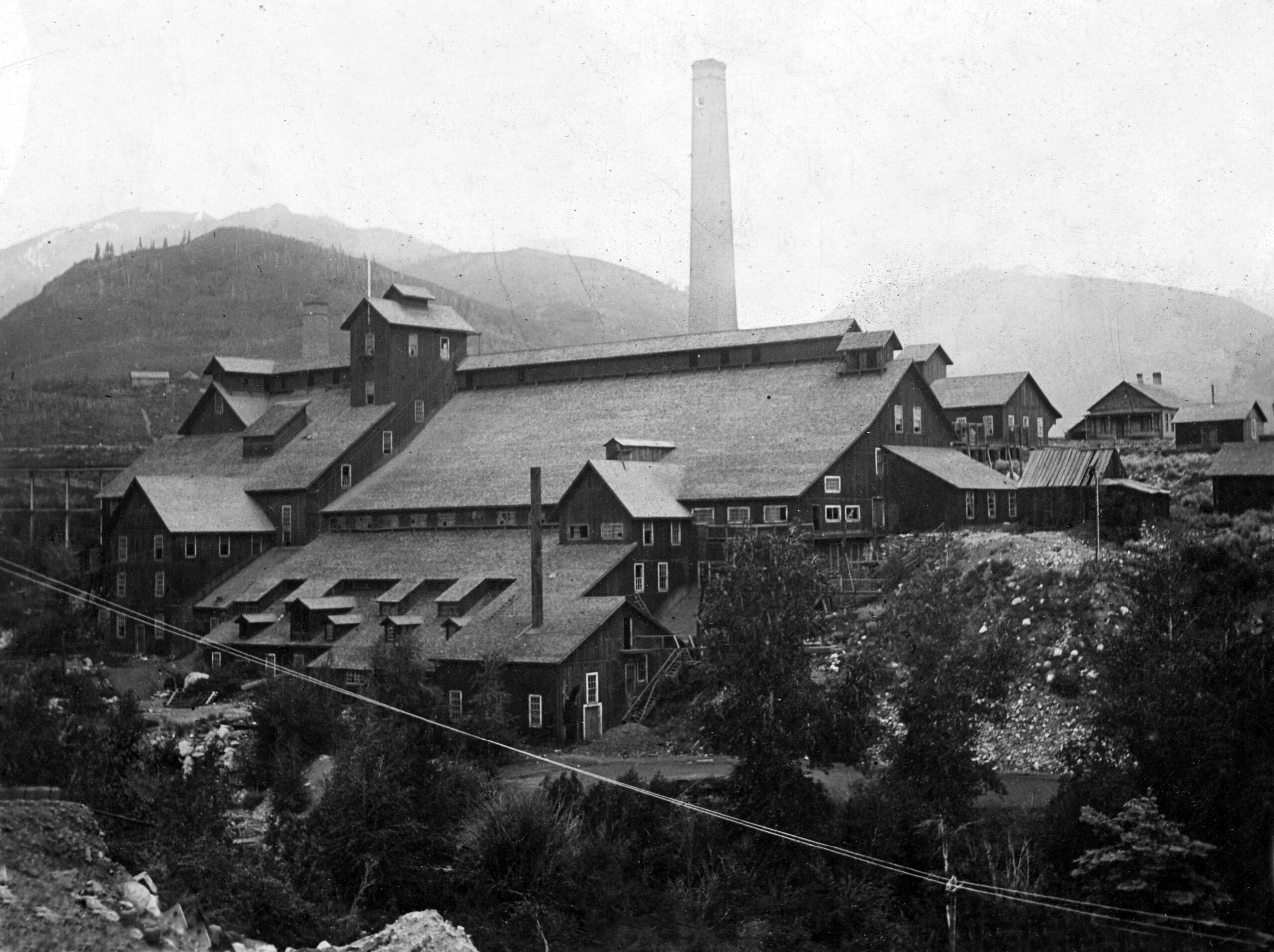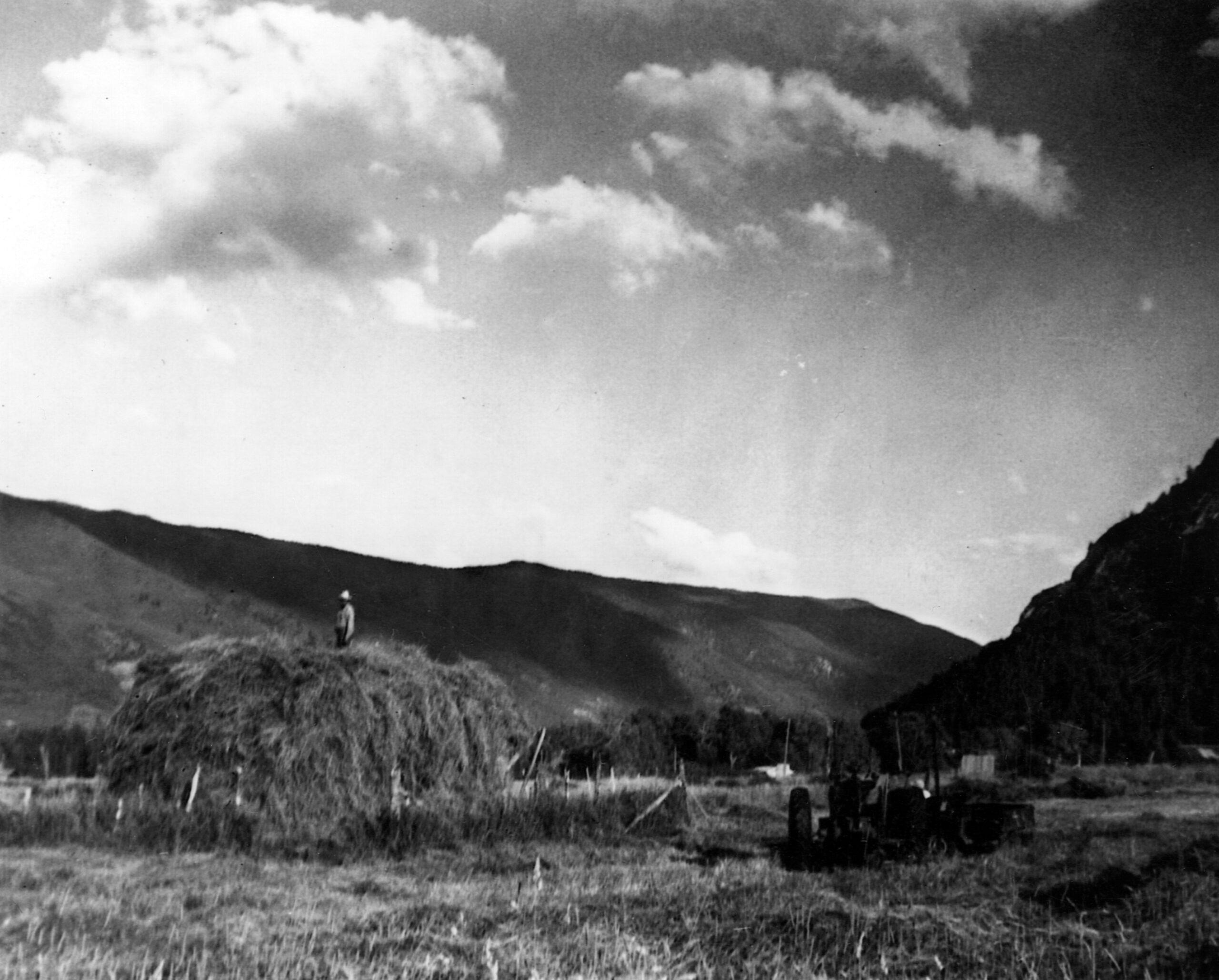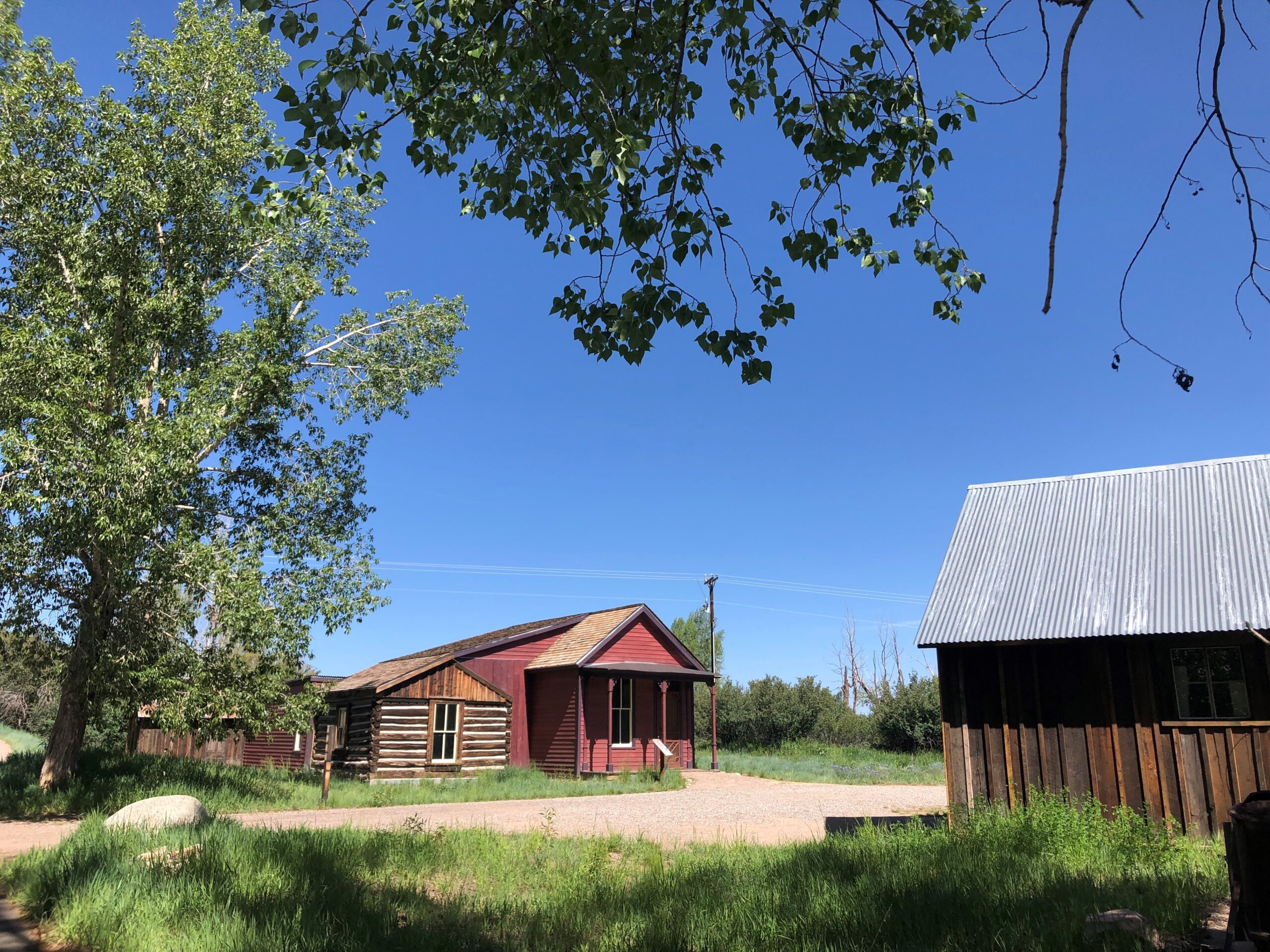The museum is open seasonally and by appointment during the fall, winter, and spring. The grounds are accessible year-round.
Explore the area’s industrial and agricultural history on the site of the largest industrial complex in the history of Pitkin County, the Holden Lixiviation Works! From mining to railways to ranching, the past comes alive in the former Sampling-building-turned-museum, the original salt shed, and the relocated and restored historic McMurchy/Zupancis cabin and outbuildings, which help tell the story of Aspen’s Victorian era and the immigrants who helped shape the community’s agrarian heritage. The museum property is situated within the Marolt Open space and is listed on the National Register of Historic Places.
Highlights:
- Operational mining and ranching machinery – catch a demonstration of historical 1880s steam engines and more
- Docents, videos and interpretive signage – chat with a docent during open hours, or explore the museum property on your own
- Immaculate interior restoration – replica wallpapers, furniture, and decor in the time capsule McMurchy/Zupancis cabin
- Life-size replicas of farm animals – kids will especially love the demonstration milking cow in the McMurchy/Zupancis barn
- Spanish-language translations – available in print (digital option coming soon!) for the interpretive signage across the property

















